From the Resene decorating blog
What it means, why it’s important and how to do it.
Texture is a word you hear a lot in interior design. This is particularly true right now, as textured or patterned finishes are really popular, but what does ‘texture’ mean and how do you work with it in your own home?
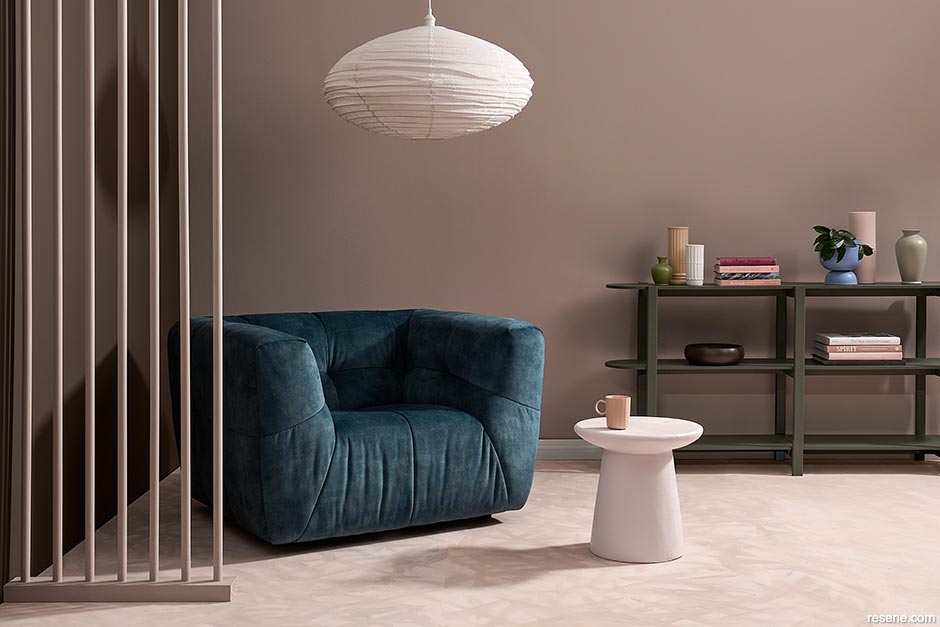
Wood battens break up the muted tonal layers of this soothing sitting room to give additional structure and bring balance to the space.
The wall and battens are painted in Resene Martini. The floor is painted in a base of Resene Dust Storm with layers of Resene Cest La Vie and Resene Dust Storm mixed into Resene FX Paint Effects Medium. Skirting in Resene Snow Drift, side wall in Resene Half Wood Bark, shelves in Resene Quarter Karaka with vases in, from left, Resene Wilderness, Resene Cashmere, Resene Snow Drift, Resene Ship Cove, Resene Dust Storm and Resene Greige, brown bowl in Resene Half Wood Bark and table in Resene Bon Jour. Chair from Danske Møbler, lightshade from Corcovado. Project by Kate Alexander, image by Bryce Carleton.
One of the first things the word texture conjures up in the context of redecorating is the use of textiles and finishes that have a unique feel to them. Maybe one that is rougher, like hessian or rattan, or one that is silky and plush like velvet. But thinking more laterally texture can also mean anything that helps break up a look to make it more visually interesting and accessible.
As Resene Colour Expert Amy Watkins puts it: “Texture has different meanings. The first is when you add actual textures through fabric or even textured wallpaper such as a design like Resene Wallpaper Collection 417005.
“The second meaning is all about visual texture and includes how you design the layout of the space. It might mean using products such as those in the Resene FX product range to create different layered two-tone effects, or even rust looks and the chalky finish of a blackboard” Amy says.
The other, broader way texture can be defined is as anything that gives a room extra dimension and breaks the space up for the eye. One way to explain it is to think about a room painted entirely in one colour. That can make it hard for our eyes to pick out the edges of the space, such as where the ceiling meets the walls. Think about art galleries and how they are often painted on all surfaces in a white or pale neutral to focus all attention on the art.
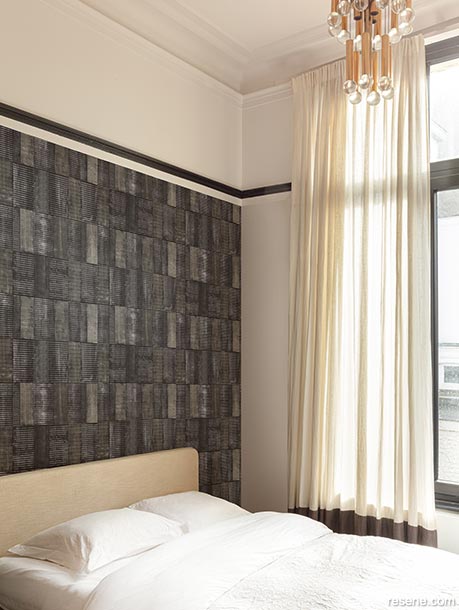
An otherwise neutral bedroom is given a bold finish with the textured pattern of Resene Wallpaper Collection SUM 301.
Pair this design with crisp white walls in Resene Rice Cake to balance the soft grey layers in the wallpaper and add a contrast line around the room in Resene Nero or Resene Black for some added visual punch.
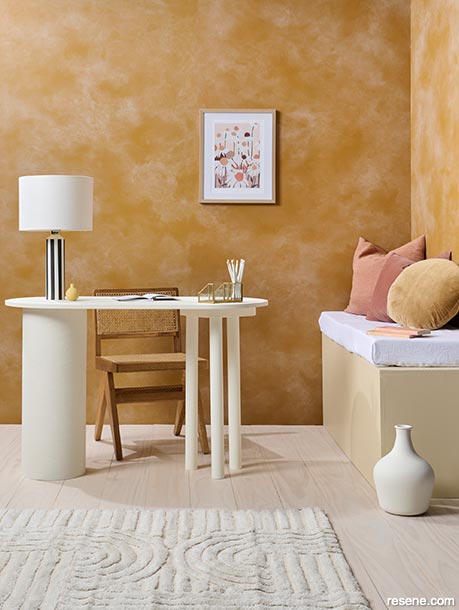
Resene FX Paint Effects Medium is a simple and effective way to recreate an earthy, sponge-look finish on walls for a look that feels relaxed yet visually interesting.
These walls are painted in Resene Salted Caramel with Resene Athena mixed into Resene FX Paint Effects Medium. Floor finished in Resene Colorwood Breathe Easy, desk in Resene Meringue, bench seat in Resene Athena and vase in Resene Meringue Chair from Cane Collective, cushions from Città, art from H&M Home. Project by Melle Van Sambeek, image by Bryce Carleton.
This can be an effective design technique at home too, if you want to showcase a particular piece of decor, architectural feature or even the view. In most rooms our eye seeks out something to catch hold of that helps us pull the room into balance and focus. In a monochrome space it can be as simple as decorative moulding, or a glossier Resene Enamacryl paint finish even if it’s in the same colour as the rest of the room. It just gives your eye something to focus on.
Textures can be fun to play with in interior design and if your room feels out of balance it could often be because it needs a little bit of extra texture.
The simplest spaces are often the best if you want to start experimenting with how adding different textures can change the look and feel of your room.
Amy suggests trying a plain stretch of wall to turn it into a feature piece in your room or working in a less-used room like a guest bedroom or spare bathroom. She also recommends starting with Resene products like Resene FX Paint Effects Medium or Resene Wallpaper as they are some of the simplest ways to add texture.
Resene FX Paint Effects Medium is a tintable acrylic product that can be applied over a basecoat to give you a ‘broken’ or weathered-looking finish. It can help you replicate a number of different visual textured looks such as sponging, rag-rolling or a weathered brushstroke look.
In most instances to get the look you want; you’ll need a base colour and at least one other shade mixed with Resene FX Paint Effects Medium to break up the colour slightly and give it that purposely sheer or broken look.
Always experiment with Resene FX Paint Effects Medium on a piece of wood or a sample area of wall before you commit to the finished technique, Amy says. “Try different colour combinations and adjust how much paint you mix with the medium, making notes as you go so you can replicate the look.”
Talk to the experts at your local Resene ColorShop about the look you want to achieve for advice on ratios, application techniques and colours to try with Resene FX Paint Effects Medium.
A different kind of on-trend weathered, aged finish can also be achieved with Resene FX Faux Rust Effect, which, as the name suggests, gives your surface a rusted-looking finish. It can be used on both interior or exterior surfaces, working particularly well on smaller surface areas like planters or feature areas for a fun finish that’s sure to be a conversation starter.
To add more literal texture and a rougher finish to your surface, try Resene Sandtex which resembles rendered surfaces, perfect if you want a lime-washed or plaster effect.
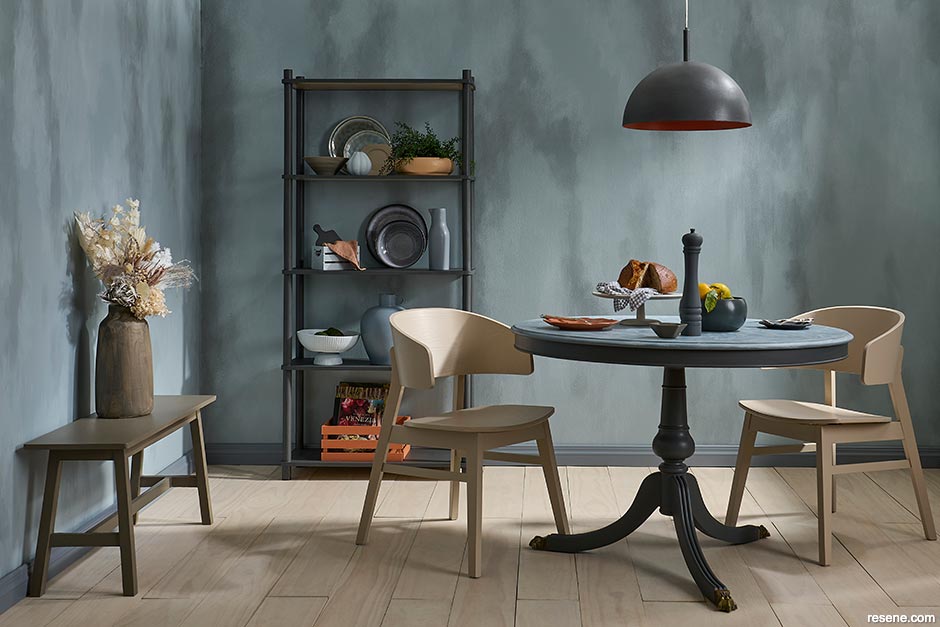
A textured effect on the walls of this dining area makes the simple space much more interesting than simply a large area of one shade.
The walls are painted in a base colour of Resene Dusted Blue then finished in Resene FX Paint Effects Medium mixed with Resene Half Emerge and Resene New Denim Blue. The tabletop also has a similar textured effect using Resene FX Paint Effects Medium mixed with Resene Thorndon applied over a basecoat of Resene Quarter New Denim Blue. Table legs in Resene Baltic Sea, skirting in Resene Raven, floor in Resene Colorwood Breathe Easy, chairs in Resene Sandcastle, bench seat in Resene Mondo, large wood vase in Resene Woodsman Iroko, cake stand in Resene Colorwood Breathe Easy, pepper grinder in Resene Baltic Sea, fruit bowl in Resene Colorwood Shade, large crate in Resene Tuscany, small crate in Resene Half Gull Grey, large vase in Resene Half Gull Grey, bottle in Resene Raven and pendant light outer in Resene Baltic Sea, with underside in Resene Tuscany. Dried flowers from Interflora, flare ware and bowls from Freedom. Paint effect by Hannah Tapner, project by Moneuan Ryan, image by Bryce Carleton.
One way to add texture to your interior design is to experiment with different materials. On furnishings that might be thinking about what material your furniture or curtains are made from, or how different textiles like rattan, satin or wool can be used to break up the finished look.
Adding texture can also mean thinking about what building materials can be incorporated into your space, or how to showcase the ones you have. A key one is wood. Making the most of wood grains and natural wood finishes is a look that constantly evolves but never really goes out of style.
Before choosing a Resene Colorwood wood stain or beachwashed finish, think about the look you are ultimately trying to achieve and choose your stain shade accordingly. For a classic, stately home feel with more ornate wood finishes, you could try a darker shade like Resene Colorwood Deep Oak, for a more Scandi style on lighter wood like pine you might want to go for Resene Colorwood Natural, or for a relaxed beachy finish try a pale wash like Resene Colorwood Becalm.
Wooden battens on walls or used as floor-to-ceiling room dividers create excellent texture in a room and add elegance with their simplicity and streamlined finish.
Other materials that can add texture include concrete, which can be subtly coloured using Resene Concrete Stain, or tiles which can be primed and painted.
Top tip: Playing with the level of sheen on your painted surfaces is another way to add visual texture. It can be particularly effective if you have a room designed in neutral tonal layers. If you have a palette using Resene Spanish White in all its strengths from eighth through to triple, put some thought into working with a mix of matte, low sheen, semi-gloss and gloss finishes.
One eye-catching way to work with purely visual texture is to add a single note of vivid contrast to a room that is entirely – or almost entirely – painted in one colour.
For a dramatic, sophisticated bedroom for example you could paint the space in a deep shade like Resene Bokara Grey, an earthy, dark neutral that is surprisingly versatile. Then choose a really vivid contrast like the sharp olive green of Resene Fiji Green, lighter Resene Pine Glade, fresh turquoise Resene Java or even bright magenta Resene Scrumptious. Use your chosen contrast colour just on one large or a couple of smaller decor pieces, maybe a headboard or a bedside cabinet and a lightshade.
The bright colour will bring levity and definition to a dark room. Keep the ceiling lighter in a neutral like Resene Quarter Alabaster, a lightly blackened white so the room feels inviting and not too overwhelming. Then, instead of diluting the effect with other colours, add textures in matching shades of charcoal – a velvet headboard, a leather chair, a wool throw or cushion. You could also add notes of glass in mirrors and vases to bounce light around and add subtle shimmer for even more visual texture without adding more colour.
Top tip: Adding texture to your finished look doesn’t have to be a case of covering a whole wall. Simply adding a Resene Sandtex finish to pots and planters, a couple of sections of textured wallpaper inside picture frames, or a sponge-look finish on a storage cabinet, can be enough to break up large blocks of colour and add visual balance.
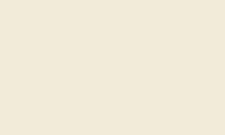
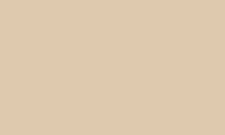
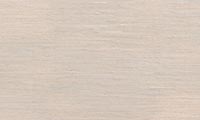
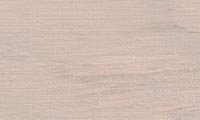
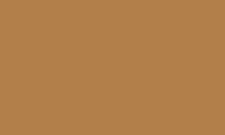
December 04, 2023
For more ideas of paint effects you can try in your own home, visit the Resene Paint Effects page online, and view the architectural samples of different texture and finish options at your local Resene ColorShop.
Book a colour consult | Ask a Colour Expert | Ask a Paint Expert
Resene's decorating blog
Paint your home beautiful! Discover the latest decorating trends, tips and colour news.
![]()
Previous «
Tiny spaces
![]()
Blog home
View the latest trends, tips and news
![]()
» Next
Dopamine decor for 2024